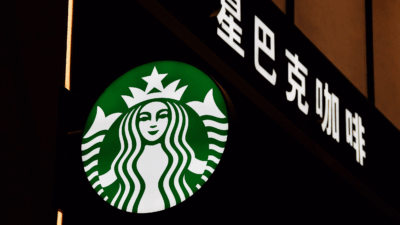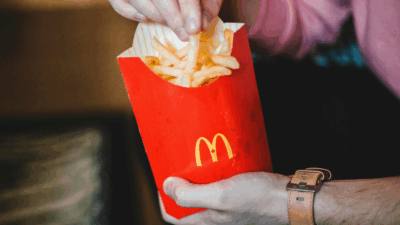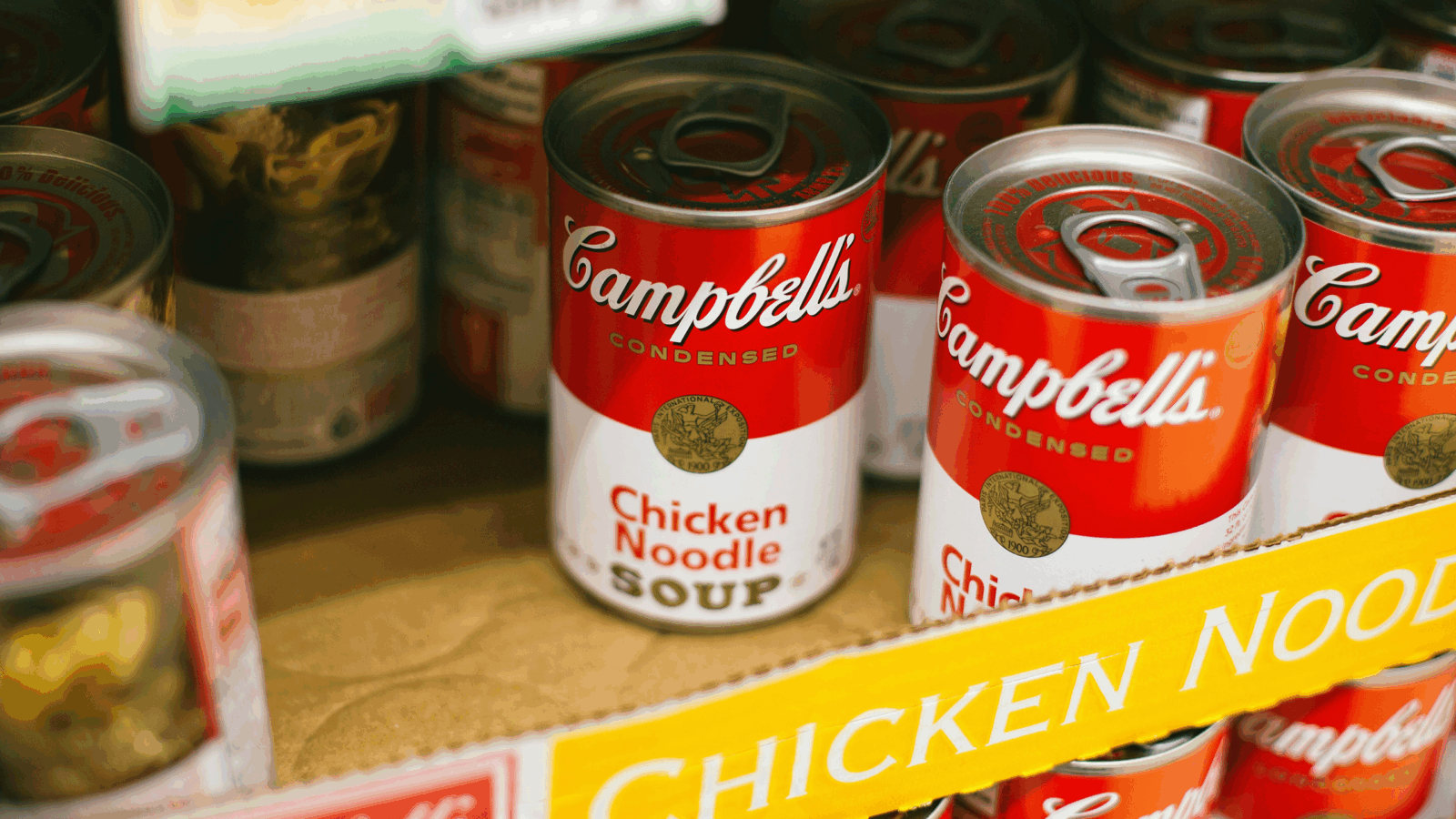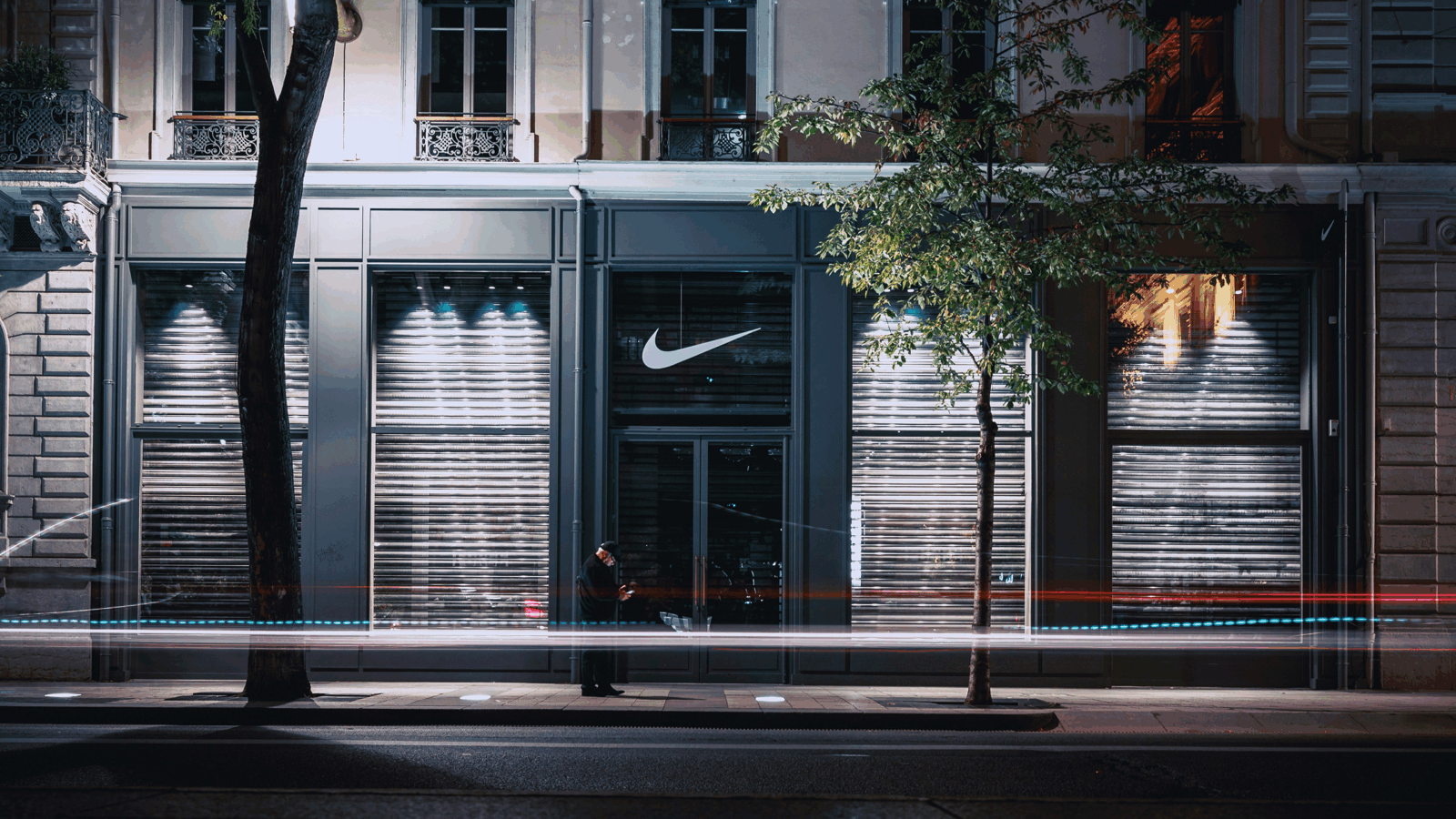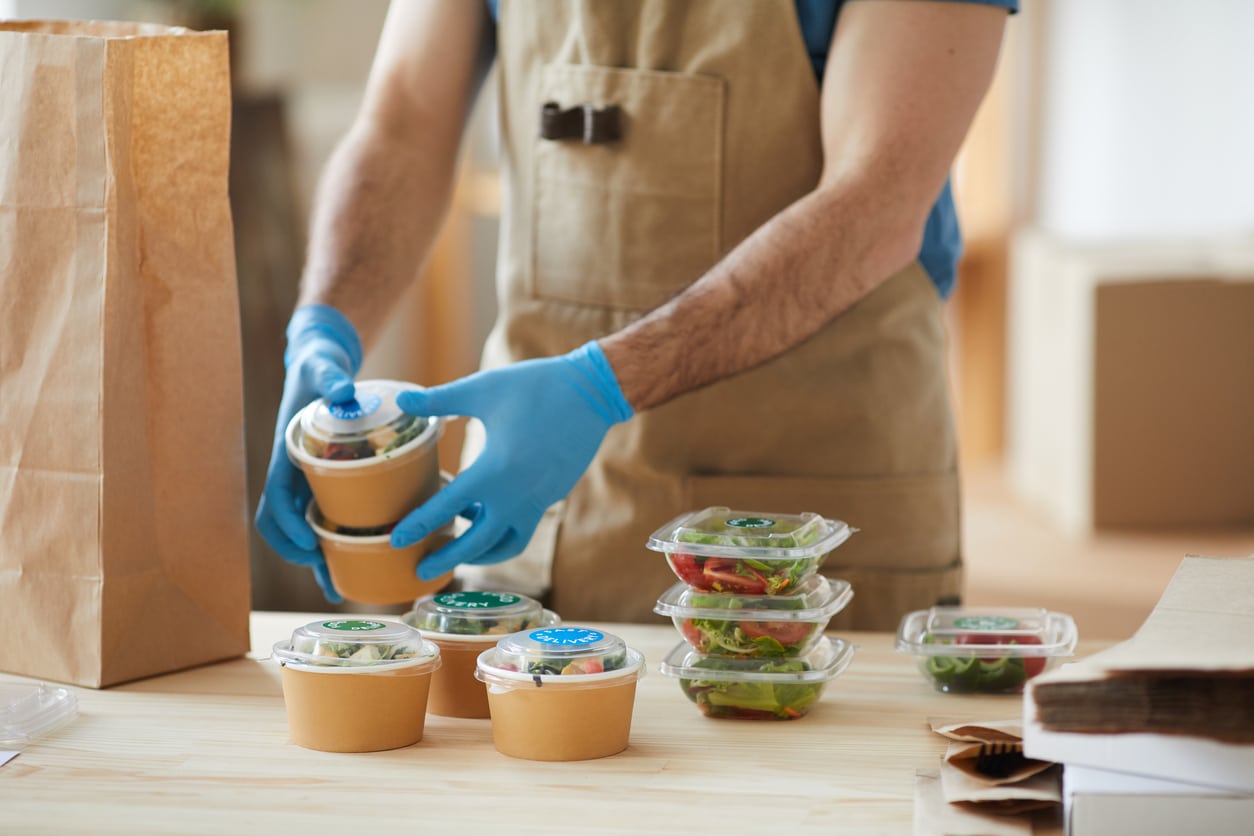
Sign up for smart news, insights, and analysis on the biggest financial stories of the day.
Two industries that defined life in the last year under lockdown aren’t done with the dramatic, swifting changes.
Food delivery — your cheap last minute meal solution — is asking more from your wallet. And package delivery — a job savior during the pandemic — is now leaving drivers on the curb.
Meals No Longer a Steal
Margins on prepared food delivery have always been slim, with restaurants giving up as much as 30% in commission to delivery apps as demand swelled.
Now, some cities are cutting down on commissions and costs are piling on the app delivery business as it becomes more regulated. Who’s being made to pay up? Consumers, of course.
- In Philadelphia, apps are charging more to customers after the city put a cap on the amount it can charge restaurants. The price of three bowls from Sweetgreen delivered via Postmates went from about $40 to $55 between 2019 and 2021 in Philly, according to a Wall Street Journal analysis.
- In California, Postmates raised its delivery fee in California by 50 cents to $2.50 after apps agreed to extend benefits to drivers.
Restaurants are also trying to maintain a well-fed balance sheet by jacking up delivery prices to make up the cost of commissions. Chipotle’s delivery prices are 17% higher than store prices and Del Taco Restaurants raised its delivery prices 20% last year.
Delivery Gigs Dwindling
Record product orders made packaged delivery one of the most in-demand, and highly strained, jobs out there last year. But, as the US economy opens up, the surge in delivery work has hit a roadblock:
- The April jobs report just released by the US Bureau of Labor Statistics shows the number of people employed as “couriers and messengers” fell 7%, to 1,009,000, from March.
- “The notable decline did come as a surprise, although it’s important to keep in mind that we don’t know how much of this is a definitive trend as monthly data can be volatile,” Daniel Zhao, a senior economist at Glassdoor, told Quartz.
Why It Matters: Life may be shifting back somewhat to pre pandemic norms. That will hurt some but there are silver linings. For one, employment in leisure and hospitality increased 331,000, suggesting that people are going out on the town again.

